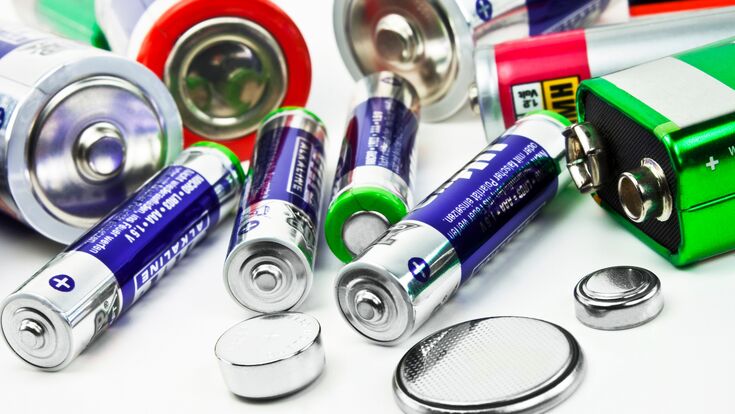Battery recycling : EU Council and Parliament strike provisional deal to regulate batteries throughout their life cycle

Back in December 2020 the European Commission presented a proposal for the regulation on batteries. It was in March of this year that the Council adopted a general approach and the European Parliament adopted its negotiating position. Now those two have reached a provisional agreement that aims to create a circular economy for the batteries sector by targeting all stages of the life cycle of batteries, from design to waste treatment.
The new regulation will apply to all batteries including all waste portable batteries, electric vehicle batteries, industrial batteries, starting, lightning and ignition (SLI) batteries (used mostly for vehicles and machinery) and batteries for light means of transport (e.g. electric bikes, e-mopeds, e-scooters). The regulation will replace the current batteries directive of 2006 and complete the existing legislation, particularly in terms of waste management.
Improving the circularity of batteries
The new rules aim to promote a circular economy by regulating batteries throughout their life cycle. The regulation therefore establishes end-of-life requirements, including collection targets and obligations, targets for the recovery of materials and extended producer responsibility.
The key points of the agreement are:
- Targets for producers to collect waste portable batteries:
63% by the end of 2027
73% by the end of 2030
- Collection objective for waste batteries for light means of transport:
51% by the end of 2028
61% by the end of 2031
- Target for lithium recovery from waste batteries:
50% by 2027
80% in 2031
- Mandatory minimum levels of recycled content for industrial, SLI batteries and EV batteries. Initially set at
16% for cobalt
85% for lead
6% for lithium
6% for nickel
- Obligation for batteries to hold recycled content documentation.
- Recycling efficiency target for nickel-cadmium batteries of 80% by 2025 and other waste batteries of 50% by 2025.
- Portable batteries incorporated into appliances should be removable and replaceable by the end-user, leaving sufficient time for operators to adapt the design of their products to this requirement (42 months after entry into force of the regulation). Light means of transport batteries will be replaceable by an independent professional.
- Labelling and information requirements, among other things on the battery's components and recycled content, and an electronic “battery passport” and a QR code.
But a Europe-wide deposit scheme for batteries, as demanded by recyclers, is still not included in the draft.
The deal is still pending formal adoption in both institutions.
